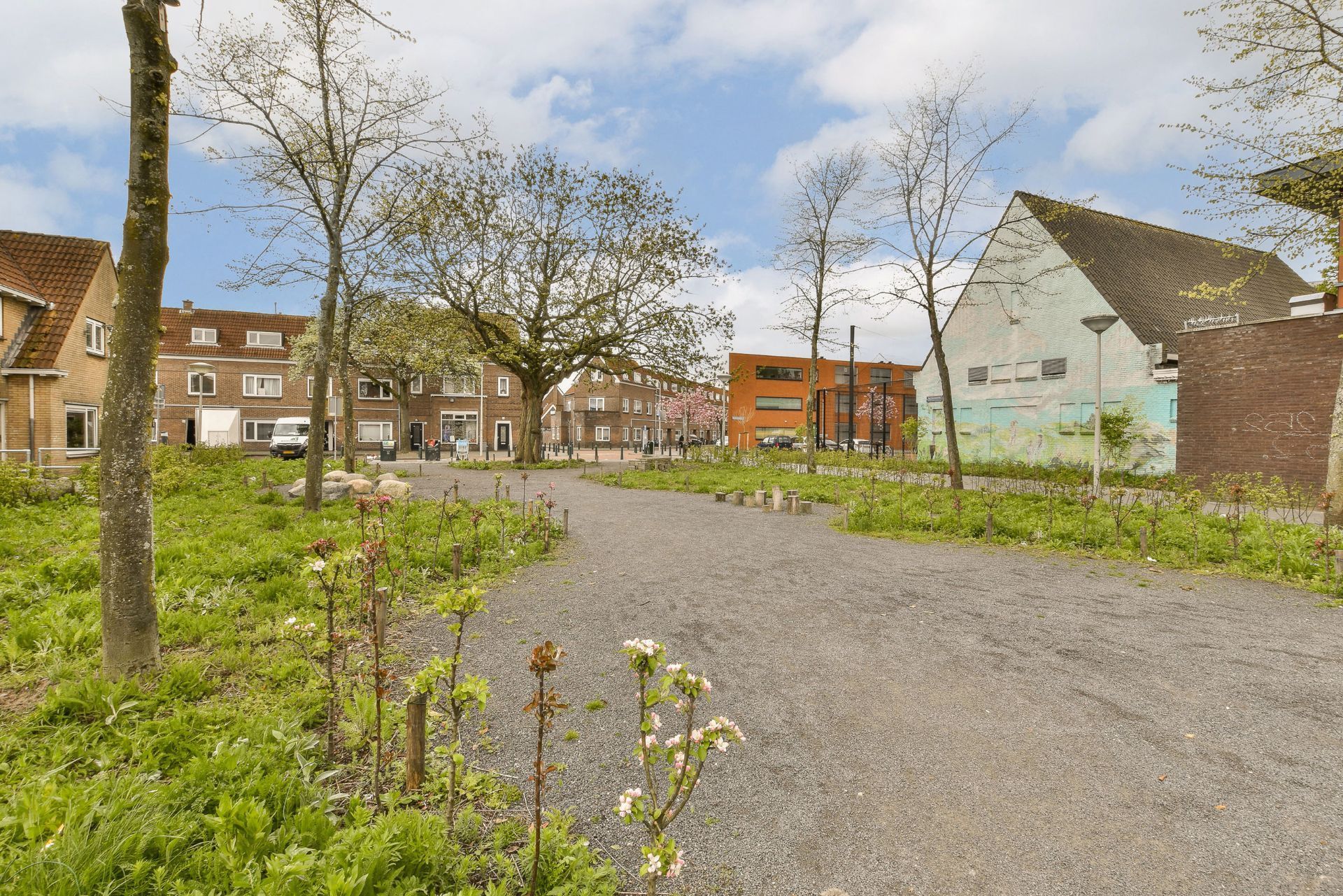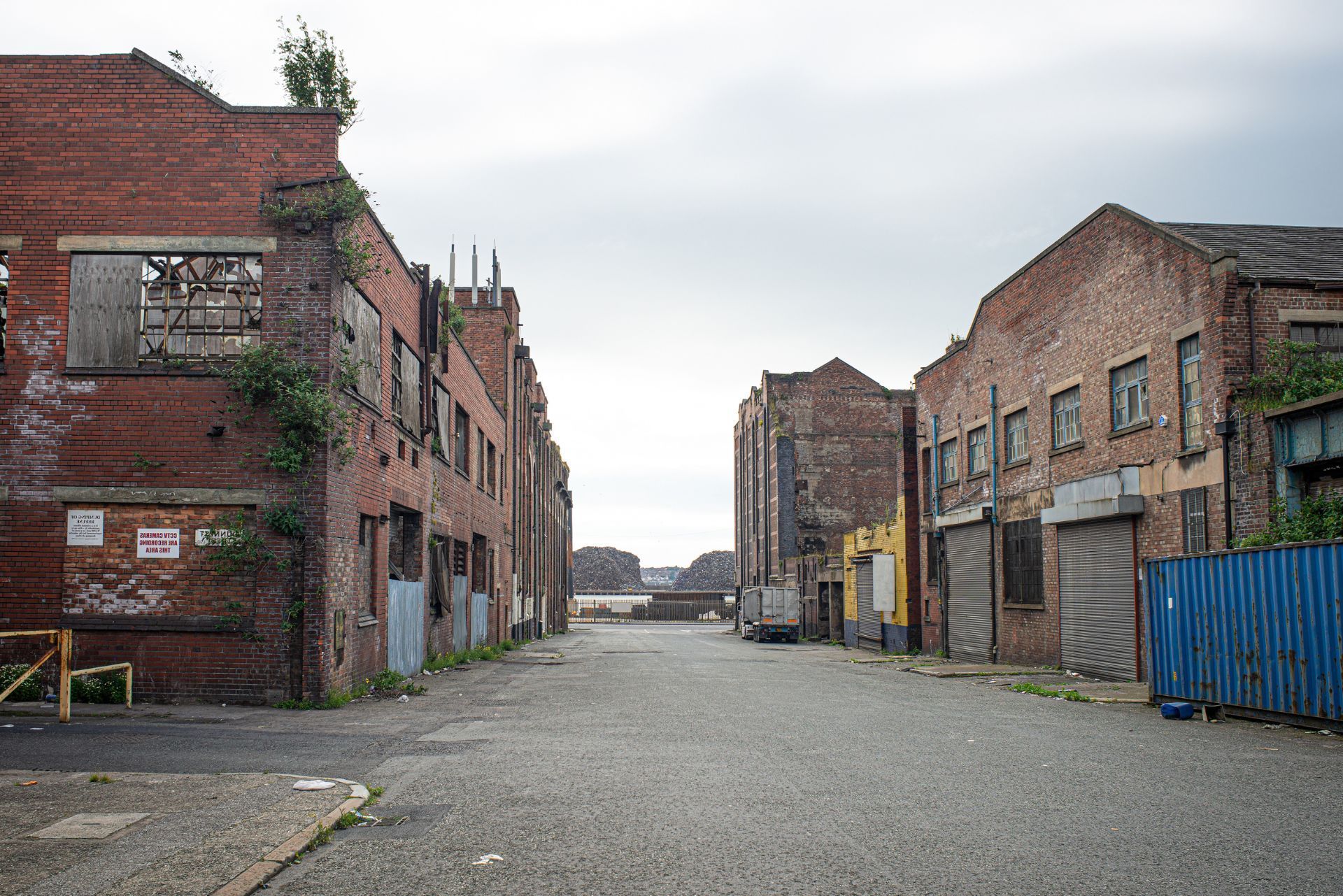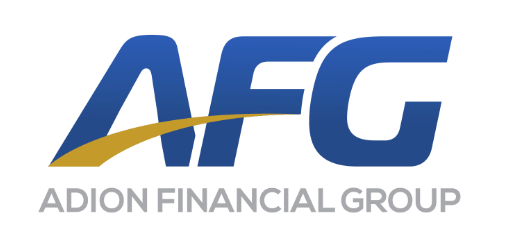
Top 3 Recommended Policies
vacant property insurance is a specialized type of coverage designed to protect properties that are unoccupied for extended periods. In Connecticut, where the real estate market can be unpredictable, understanding this insurance is crucial for property owners. This article will provide a comprehensive overview of vacant property insurance in Connecticut, covering its importance, coverage options, and tips for choosing the right policy.
Understanding Vacant Property Insurance
Vacant property insurance is specifically tailored for properties that are not currently occupied. Standard homeowners insurance policies typically do not cover properties that have been unoccupied for more than 30 days. This gap in coverage can leave property owners vulnerable to various risks, including vandalism, theft, and damage from natural disasters.
Why is Vacant Property Insurance Important?
For property owners in Connecticut, the importance of vacant property insurance cannot be overstated. When a property is vacant, it becomes an easier target for criminals and can suffer from neglect-related issues, such as plumbing leaks or structural damage. Having the right insurance can provide peace of mind and financial protection against these potential risks.
Moreover, vacant properties may also face challenges related to maintenance. Without regular occupancy, issues can go unnoticed, leading to more significant damage over time. Vacant property insurance helps mitigate these risks by ensuring that property owners have the necessary coverage to address any unforeseen problems. For instance, a minor water leak can escalate into a major mold issue if left unattended, resulting in costly repairs that could have been avoided with timely intervention.
Who Needs Vacant Property Insurance?
Several types of property owners may benefit from vacant property insurance. real estate investors who are renovating or flipping homes often find themselves with vacant properties. Similarly, homeowners who have moved out but are unable to sell their properties immediately may also require this type of coverage.
Additionally, landlords with rental properties that are between tenants should consider vacant property insurance. Even if a property is in good condition, the risk of damage or liability remains while it is unoccupied. This insurance can protect against potential losses during these transitional periods. Furthermore, it can also cover the costs associated with maintaining the property, such as lawn care and security measures, which are essential to preserving the property's value and deterring vandalism.
Another group that may benefit from vacant property insurance includes those who inherit properties that they do not plan to occupy or rent out immediately. These inherited homes can often sit empty for extended periods, making them susceptible to various risks. By securing vacant property insurance, heirs can ensure that they are protected from potential liabilities and damages while they decide on the future of the property. This proactive approach not only safeguards the asset but also provides a sense of security during a time that can be emotionally challenging.

Types of Coverage Available
Vacant property insurance can vary significantly in terms of coverage options. Understanding the different types of coverage available can help property owners make informed decisions about their insurance needs.
Basic Coverage Options
Most vacant property insurance policies provide basic coverage for risks such as fire, vandalism, and theft. This coverage is essential for protecting the property against common threats that can occur when it is unoccupied. Property owners should carefully review the specifics of what is included in the basic coverage to ensure it meets their needs. Additionally, it is important to note that some policies may have specific exclusions or limitations, such as coverage only being applicable during certain times of the year or requiring the property to be maintained in a particular condition to qualify for claims.
Additional Coverage Options
In addition to basic coverage, property owners may have the option to add endorsements or riders to their policies. These additional coverages can include protection against specific risks such as water damage, liability coverage, or even coverage for lost rental income if the property is intended for lease.
For instance, if a property owner is concerned about potential liability claims while the property is vacant, they may want to include liability coverage in their policy. This can protect against legal costs if someone were to get injured on the property, even if it is unoccupied. Furthermore, some policies may offer unique endorsements like coverage for equipment breakdown or natural disasters, which can be particularly beneficial in areas prone to severe weather events. By customizing their coverage, property owners can better safeguard their investments against a wider array of potential risks.
Duration of Coverage
Another critical aspect of vacant property insurance is the duration of coverage. Policies can vary in length, with options for short-term and long-term coverage. Short-term policies may be suitable for properties undergoing renovation, while long-term policies are ideal for properties that will be vacant for an extended period.
Property owners should assess their situation and choose a policy duration that aligns with their needs. It is also essential to communicate with the insurance provider about any changes in occupancy status, as this can impact coverage. For example, if a property is unexpectedly left vacant for longer than initially planned, it may be necessary to adjust the policy to ensure continued protection. Additionally, some insurers may offer discounts for longer-term policies, providing an incentive for property owners to commit to extended coverage, which can ultimately lead to cost savings and peace of mind during uncertain times.
Factors Affecting Vacant Property Insurance Rates
The cost of vacant property insurance can vary based on several factors. Understanding these factors can help property owners anticipate their insurance expenses and make informed decisions.
Location of the Property
The location of the property plays a significant role in determining insurance rates. Properties in urban areas may face higher rates due to increased risks associated with crime and vandalism. Conversely, properties in rural areas may have lower rates but could still be subject to risks such as natural disasters.
In Connecticut, the specific neighborhood and local crime rates can also influence insurance costs. Property owners should conduct research on their area's safety and how it may affect their insurance premiums. Additionally, proximity to emergency services, such as fire departments and hospitals, can also be a factor. Properties located near these services may benefit from lower rates, as they are perceived to have a reduced risk of severe damage due to quicker response times in emergencies.
Condition of the Property
The overall condition of the property is another critical factor. Well-maintained properties may qualify for lower rates, while properties in disrepair may face higher premiums due to increased risks of damage. Insurance providers often assess the condition of the property before determining the rate.
Property owners should consider investing in maintenance and repairs before seeking insurance quotes. This can not only help reduce premiums but also enhance the property's value and appeal. Regular inspections and timely repairs can prevent minor issues from escalating into costly damages, which can further impact insurance rates. Moreover, features such as updated plumbing, electrical systems, and roofing can make a property more attractive to insurers, leading to potential discounts on premiums.
Length of Vacancy
The length of time a property is expected to remain vacant can also impact insurance rates. Properties that are vacant for extended periods may face higher premiums due to the increased risk of damage and liability. Insurance companies often have specific guidelines regarding how long a property can be unoccupied before requiring specialized coverage.
Property owners should communicate their plans regarding occupancy with their insurance provider to ensure they receive the most accurate quote based on their situation. Additionally, implementing security measures, such as installing alarm systems, surveillance cameras, or even hiring a property management service to regularly check on the property, can help mitigate risks associated with vacancy. These proactive steps not only provide peace of mind but may also lead to more favorable insurance terms, as insurers recognize the reduced risk associated with properties that are actively monitored and maintained during periods of vacancy.
How to Choose the Right Vacant Property Insurance Policy
Choosing the right vacant property insurance policy can be a daunting task, given the variety of options available. However, with careful consideration and research, property owners can find a policy that meets their needs.
Assess Your Coverage Needs
The first step in selecting a vacant property insurance policy is to assess individual coverage needs. Property owners should consider the specific risks associated with their property, including its location, condition, and intended use. This assessment will help determine the necessary coverage levels and any additional endorsements that may be required.
For example, if a property is located in an area prone to flooding, additional water damage coverage may be essential. On the other hand, properties in low-crime areas may not require extensive theft coverage. Moreover, it's important to consider the duration for which the property will remain vacant. Short-term vacancies may have different insurance requirements compared to long-term vacancies, as the risks can vary significantly over time.
Compare Insurance Providers
Once coverage needs have been identified, property owners should compare quotes from multiple insurance providers. This process can help identify the best rates and coverage options available. It is advisable to seek quotes from well-established insurers with a reputation for good customer service and claims handling.
Additionally, property owners should review the terms and conditions of each policy carefully. Understanding the fine print can help avoid any surprises in the event of a claim. Look for exclusions that may apply, such as specific types of damage or incidents that are not covered, as these can greatly affect the overall protection provided by the policy. It’s also wise to inquire about the claims process, as a straightforward and efficient claims experience can make a significant difference during stressful times.
Seek Professional Advice
Consulting with an insurance agent or broker can provide valuable insights into vacant property insurance. These professionals can help property owners navigate the complexities of insurance policies and find coverage that aligns with their needs and budget.
Agents can also provide information on potential discounts or special programs that may be available, further helping property owners save on their insurance costs. Additionally, they can assist in evaluating the long-term implications of different policies, ensuring that property owners are not only covered adequately but also making a sound financial decision. Engaging with an expert can also uncover options for bundling insurance policies, which may lead to further savings and simplified management of multiple properties.

Common Misconceptions About Vacant Property Insurance
Despite its importance, there are several misconceptions surrounding vacant property insurance that can lead to confusion among property owners. Addressing these misconceptions can help individuals make informed decisions about their coverage.
“Homeowners Insurance Covers Vacant Properties”
One of the most common misconceptions is that standard homeowners insurance policies will automatically cover vacant properties. In reality, most homeowners policies have exclusions for properties that have been unoccupied for more than a specified period, typically 30 days. This gap in coverage can leave property owners vulnerable to significant financial losses.
Property owners should proactively seek vacant property insurance to ensure they have the necessary protection during periods of vacancy. This specialized insurance is designed to cover risks that standard homeowners policies do not, such as vandalism, theft, and certain types of damage that may occur when a property is unoccupied. Understanding these distinctions can empower property owners to safeguard their investments more effectively.
“Vacant Property Insurance is Too Expensive”
Another misconception is that vacant property insurance is prohibitively expensive. While rates can vary based on several factors, property owners may find that the cost of coverage is reasonable compared to the potential financial losses associated with an unprotected property.
Additionally, many insurance providers offer competitive rates and discounts for properties that are well-maintained or located in low-risk areas. By shopping around and comparing quotes, property owners can find affordable coverage that meets their needs. Furthermore, some insurers may provide flexible payment plans or bundling options with other types of insurance, making it easier for owners to manage their expenses while ensuring their properties are adequately protected.
“All Vacant Properties are the Same”
Lastly, some property owners may believe that all vacant properties are treated the same by insurance providers. In reality, each property is unique, and factors such as location, condition, and length of vacancy can significantly impact coverage options and rates.
Property owners should provide detailed information about their specific properties when seeking insurance quotes to ensure they receive accurate assessments and recommendations. For example, properties in urban areas may face different risks compared to those in rural settings, and older homes may require additional considerations due to their age and potential maintenance issues. By understanding these nuances, property owners can better navigate the insurance landscape and secure the most appropriate coverage tailored to their individual circumstances.
Conclusion
Vacant property insurance is an essential consideration for property owners in Connecticut. Understanding the importance of this coverage, the types of policies available, and the factors that influence rates can help individuals make informed decisions. By taking the time to assess their needs, compare options, and seek professional advice, property owners can secure the right insurance to protect their vacant properties.
In an unpredictable real estate market, having the right insurance coverage can provide peace of mind and financial security. Whether a property is vacant due to renovations, transitions between tenants, or other reasons, vacant property insurance is a prudent investment that can safeguard against potential risks.
Contact Us
Phone
Locations
Connecticut Location
703 Hebron Ave., 3rd Floor, Glastonbury, CT 06033
North Carolina Location
436 East 36th St., Charlotte, NC 28205


